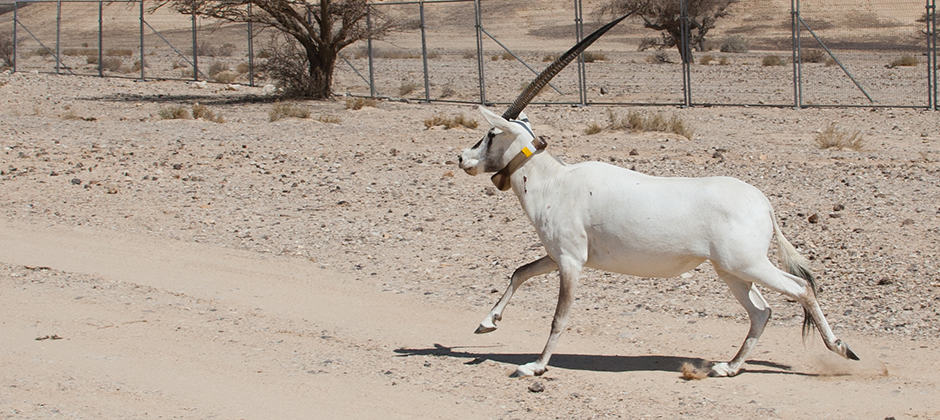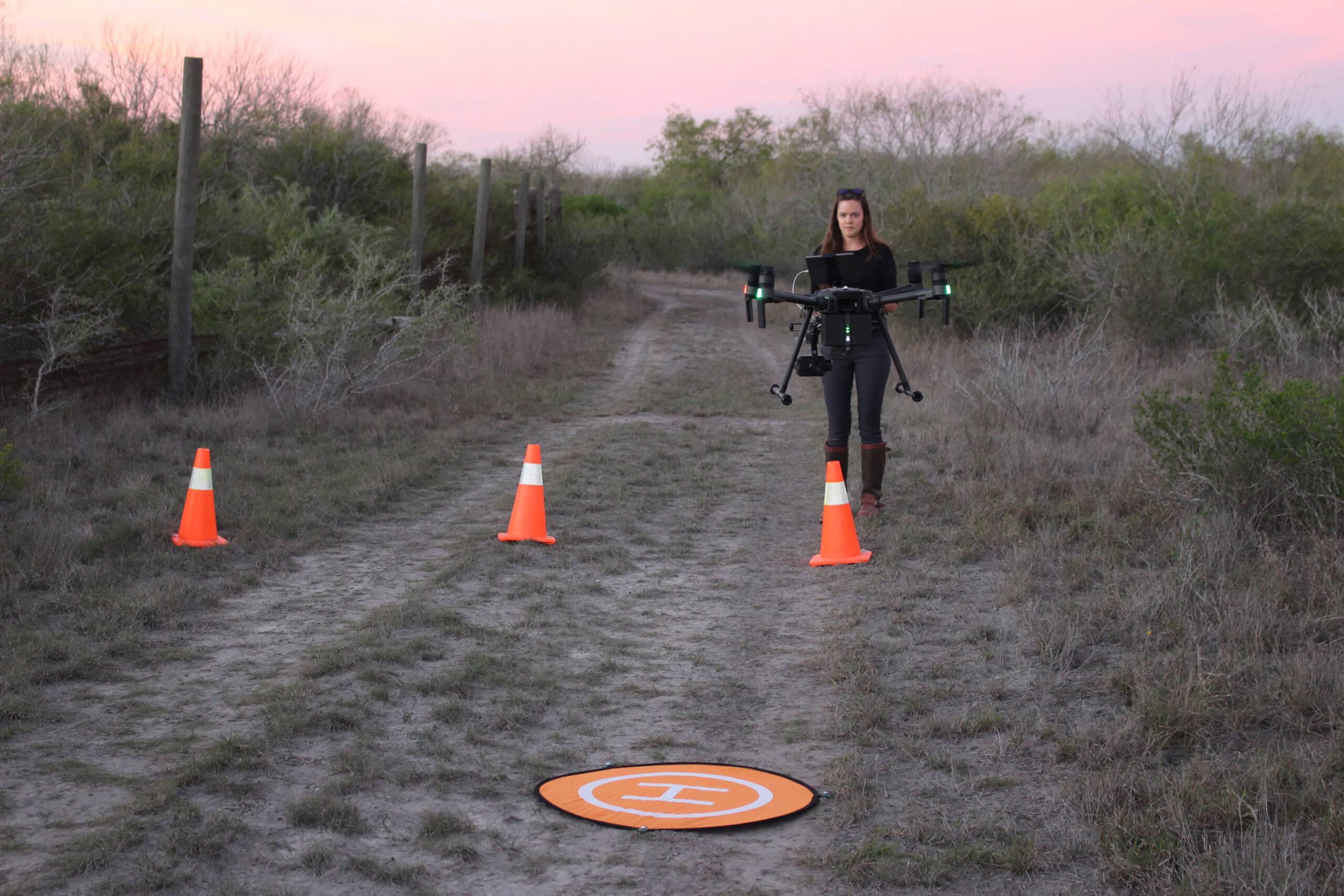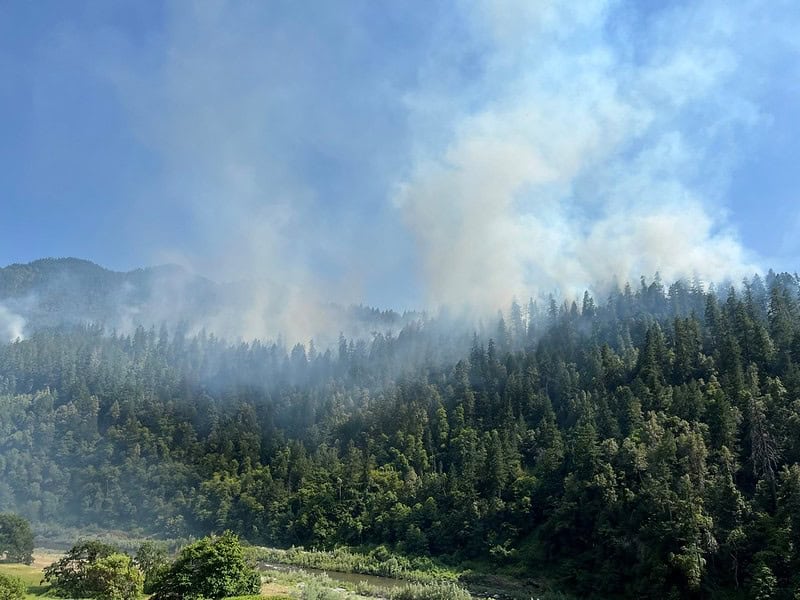Share this article
Could past mistakes guide future reintroductions?
In some wildlife reintroductions, every animal returned to the wild dies. In others, predators released into a nature reserves move to adjacent cattle ranches and prey on livestock.
Many translocations don’t succeed, according to recent research, but they can all yield important lessons — as long as biologists are willing to talk about it.
“In order to have success, you have to learn from the failure, but if nobody talks about the failures … it’s very hard to improve,” said Oded Berger-Tal, an ecologist at the Ben-Gurion University of the Negev in Israel and the lead author of a study published recently in Animal Conservation.
His team’s large-scale analysis of reported reintroduction projects showed that failures often follow patterns that could be avoided in order to improve success rates in future endeavors.
Due to his own work on the translocation of the California condor (Gymnogyps californianus) in the U.S., and the Arabian oryx (Oryx leucoryx) and Persian fallow deer (Dama dama mesopotamica) in Israel, Berger-Tal knew how complex the projects can be. And talking to other researchers, he knew that many such endeavors often fail. But due to political implications that could affect future funding, biologists are reluctant to call reintroduction efforts a failure, he said, and reports of these failures were difficult to find in scientific literature. “Usually people don’t report failures. They aren’t sexy enough. They don’t publish them,” he said.
Berger-Tal and his co-authors looked at the International Union for Conservation of Nature’s six editions of Global Reintroduction Perspectives, a series of published volumes published periodically, each containing dozens of case studies of reintroduction projects around the world.
They found that only about 3% of all reported cases were actually declared failures. But most of the time the authors themselves are dictating the terms of potential failure or success. The real story was apparent in the “difficulties” section listed in each case study, he said. Projects sometimes labeled as a “partial success” may have involved the death of all animals within a few months of release, but researchers said they at least learned how to breed the animals in captivity in the first place.
“You have a lot of hidden failures there,” he said, yet many researchers are very sensitive about the semantics.
“It’s ethical, it’s emotional, it’s political,” he said.
In his own work with the California condors, Berger-Tal said, conservation efforts managed to take a bird virtually extirpated from the wild, and through captive breeding and reintroduction projects, restore over 300 birds to the wild. While this may look like a success, managers have been unable to sustain a wild population due largely to lead contamination, which has resulted in a death rate higher than natural recruitment.
In an effort to help reduce future reintroduction failures, he and his co-authors categorized over 1,200 difficulties they discovered listed in various case studies in an effort to find some commonalities.
“If you can’t really give the recipe for success, we can at least give a list of the most common difficulties that conservation practitioners are actually facing in the field when they do translocations,” Berger-Tal said.
Failure in many cases fell into major categories, from electrocution to civil unrest.
The number one issue with determining success involved difficulties with wildlife monitoring after release, the researchers found. This was also sometimes tied with the second most common type of difficulty listed — a lack of funding to monitor success or failure.
“Sometimes, in the best scenario, we just don’t know what’s happening,” Berger-Tal said.
The third most reported issue involved wide-ranging animal behaviors unique to individual species — including everything from not using the intended range to pursuing different prey to their ability to adapt to predators on the landscape.
More than a quarter of all case studies listed the quality of the release habitat as a difficulty, including some in which managers didn’t realize the environments were poor fits, and others in which they were trying to make the best of bad options.
Other problems reported involved a lack of contact with stakeholders and a lack of public support and an influx of invasive species.
“In order to success you have to manage all of these very different issues,” he said.
Header Image: An Arabian oryx is reintroduced to the wild in the Arava region of Israel by the Israel Nature and Parks Authority. ©Shai Pilosof








